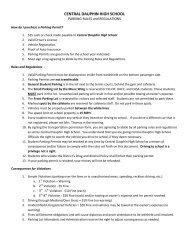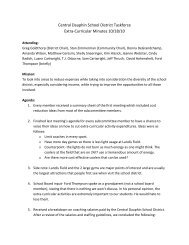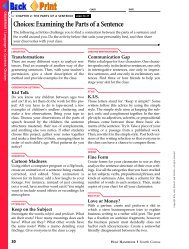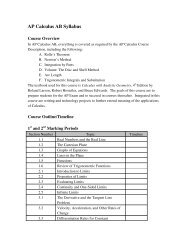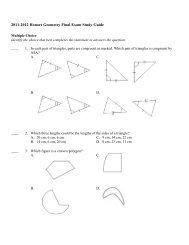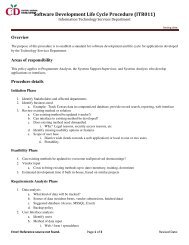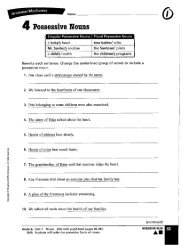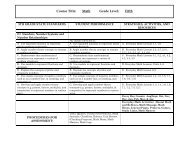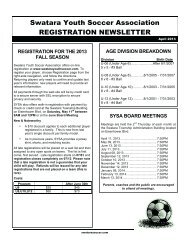Sponge and Cnidarian Review
Sponge and Cnidarian Review
Sponge and Cnidarian Review
Create successful ePaper yourself
Turn your PDF publications into a flip-book with our unique Google optimized e-Paper software.
The function of colloblasts is<br />
A. To produce light<br />
B. To secrete a sticky substance<br />
C. To draw in water<br />
D. To form medusae that live in colonies<br />
The structure in Ctenophorans that orients them in the water is<br />
A. Colloblast<br />
B. Tentacles<br />
C. Apical organ<br />
D. Comb<br />
Jellyfish are in the class<br />
A. Cnidaria<br />
B. Hydrozoa<br />
C. Anthozoa<br />
D. Scyphozoa<br />
The defensive structures in cnidarians are<br />
A. Colloblasts<br />
B. Cnidocytes<br />
C. Choanocytes<br />
D. Amoebocytes<br />
Sensory cells that help a cnidarian determine the direction of gravity are<br />
A. Nerve nets<br />
B. Statocysts<br />
C. Nematocysts<br />
D. Spicules<br />
What allows cnidarian polyps to exp<strong>and</strong>, shrink, <strong>and</strong> move their tentacles?<br />
A. Hydrostatic skeleton<br />
B. Choanocytes<br />
C. Cnidocytes<br />
D. Apical organ<br />
6



